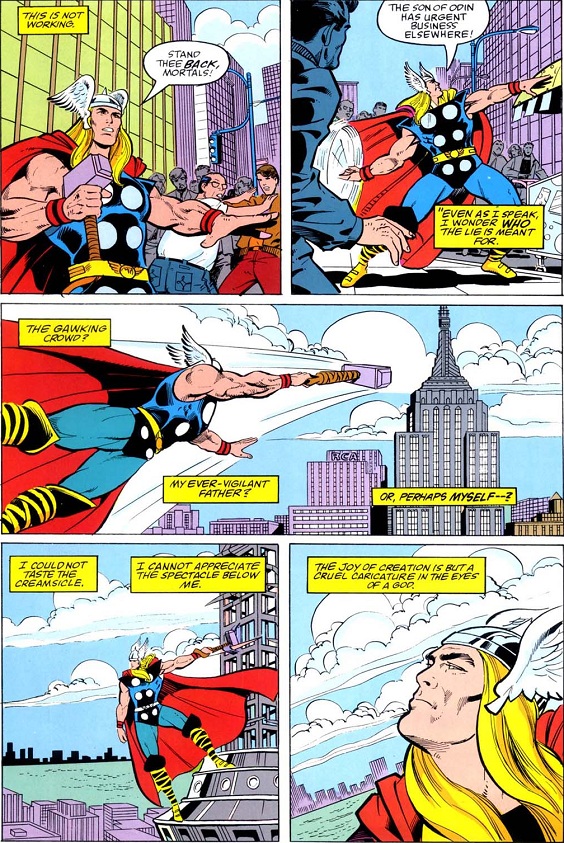Saint Patrick’s Day: origin, history, videos, and how to make your own green beer. Related: From Slave to Saint, The Story of Patrick
An Interactive Map of New York’s Earliest Skyscrapers.
When Medieval Monks Couldn't Cure the Plague, They Launched a Luxe Skincare Line.
Fan of mushroom clouds? Dozens of nuclear test videos declassified, uploaded to YouTube.
The Forged ‘Ancient’ Statues That Fooled the Met’s Art Experts for Decades.
The CIA uses board games to train officers.
ICYMI, Wednesday's links are here, and include intricately carved fruits and veggies, a video on the evolution of animation, how Russians In 1960 imagined the year 2017 would look, and the Ides of March.





